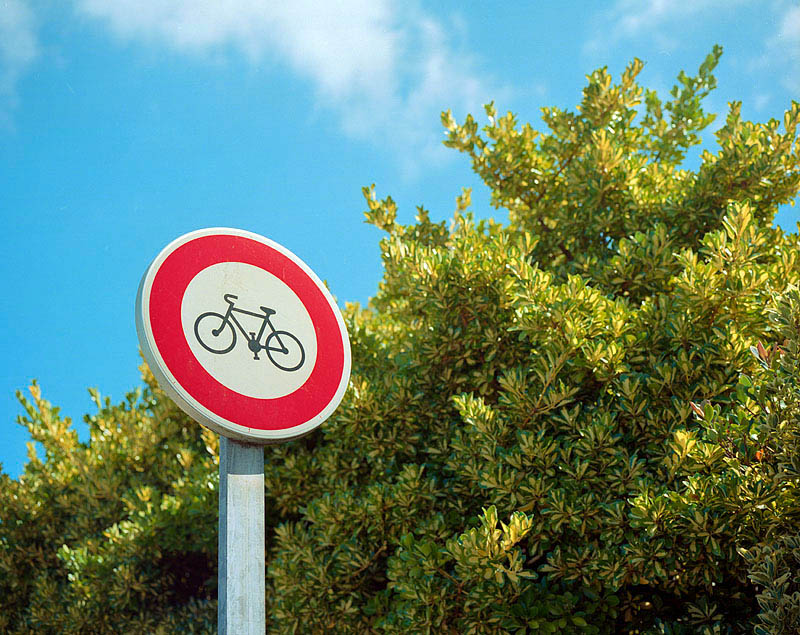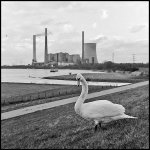You are using an out of date browser. It may not display this or other websites correctly.
You should upgrade or use an alternative browser.
You should upgrade or use an alternative browser.
Medium Format ... long may it live!
- Thread starter Keith
- Start date
- Latest activity Latest activity:
- Replies 4K
- Views 919K
Brian Legge
Veteran
Autocord
Acros 100
Rodinal 1:50, 7.5 minutes, 30 seconds initial, 2 inversions per minute

http://www.flickr.com/photos/cannelbrae/6089405283
Evidently mangos are produce id #4959.
This was taking at minimum focus distance, wide open. While I can't complain about lens sharpness in this shot, I discovered the focus was slightly off while shooting this roll. I think this one happened to come out sharper than others on the roll due to me failing to compensate for parallax. 🙂 Easy to adjust and it at least looks better on ground glass now. We'll see how the next roll turns out.
Acros 100
Rodinal 1:50, 7.5 minutes, 30 seconds initial, 2 inversions per minute

http://www.flickr.com/photos/cannelbrae/6089405283
Evidently mangos are produce id #4959.
This was taking at minimum focus distance, wide open. While I can't complain about lens sharpness in this shot, I discovered the focus was slightly off while shooting this roll. I think this one happened to come out sharper than others on the roll due to me failing to compensate for parallax. 🙂 Easy to adjust and it at least looks better on ground glass now. We'll see how the next roll turns out.
Last edited:
Pirate
Guitar playing Fotografer
Hasselblad 500C/M
Zeiss Sonnar 150mm F/4 lens
Ilford Pan F+ film
developed in Sprint Standard

Zeiss Sonnar 150mm F/4 lens
Ilford Pan F+ film
developed in Sprint Standard

kmallick
Well-known
Louisville, Colorado at dusk. Mamiya 6 + 75mm, Kodak E100G, E-6 development at home


Last edited:
Keith
The best camera is one that still works!
I've come to the conclusion that medium format is incredibly important as it encompasses cameras that go back a long way into our photographic history. If the film died a lot of usable cameras would die with it!
Feeling a little digitally jaded I decided to resurect a couple of old classics from my cupboard and run some expired Adox 100 through them. A Kodak pocket folder from the fifties (on loan) and and old Voigtlander Brilliant from 1933 that I bought from eBay on impulse one night. The Brilliant in particular is one of my favourite cameras and for the $35.00 it cost me has provided a lot of fun!
kodak

brilliant

Feeling a little digitally jaded I decided to resurect a couple of old classics from my cupboard and run some expired Adox 100 through them. A Kodak pocket folder from the fifties (on loan) and and old Voigtlander Brilliant from 1933 that I bought from eBay on impulse one night. The Brilliant in particular is one of my favourite cameras and for the $35.00 it cost me has provided a lot of fun!
kodak

brilliant

Last edited:
pagpow
Well-known
Agreed, Keith, I started and shot most in 35mm, but this thread and the little MF I do just makes me want to have MF around. Completely different sense of space and place.
Giorgio
Giorgio
Pirate
Guitar playing Fotografer
Fuji GW690 II 90mm lens, Ilford HP5+

Side Pipes and Curb Feelers!


Side Pipes and Curb Feelers!

RF_newbie
RF_newbie John
great thread 🙂
jbielikowski
Jan Bielikowski
oh I like em big!


K-O Rapid 200, Adox 50.


K-O Rapid 200, Adox 50.
Steveh
Well-known
Took my Mamiya 7II and some Ektar on holiday to France with me:






mathomas
Well-known
Took my Mamiya 7II and some Ektar on holiday to France with me:
Wow! Awesome colors. I love Ektar.
mathomas
Well-known
Hasselblad 500c/m, 60mm Distagon, Plus-X @64

twin lakes, colorado by mike thomas, on Flickr
Hasselblad 500c/m, 60mm Distagon, Acros 100 @ box speed

lone tree car show by mike thomas, on Flickr

twin lakes, colorado by mike thomas, on Flickr
Hasselblad 500c/m, 60mm Distagon, Acros 100 @ box speed

lone tree car show by mike thomas, on Flickr
Snowbuzz
Well-known
Love the last one, mathomas. Great set, steveh!!!
andredossantos
Well-known
sem
Registered User
Johnmcd
Well-known
Mamiya 7 80mm HP5



Cheers - John



Cheers - John
Terao
Kiloran
Just bought a 500CM with the 80mm Planar and waiting for the first roll to come back from dev. Off to the Goodwood Revival tomorrow (retro camera heaven - indeed, retro heaven, period) and absolutely cannot wait. I've learnt more about depth of field and EV/LV in a week than I have in many years of photography. I'm a stickler for visual indicators and heavy manual controls (have you tried cranking the focus on a Zeiss/Blad lens?!?!) so the Blad is perfect. Probably the best camera to learn about manual photography with - you have a huge depth of field markers which really make you think about aperture. You have the coupling on the older lenses of aperture and shutter speed meaning you think about exposure and soon come to learn (if shooting neg) that whilst light doesn't change a great deal and sunny 16 will do one notch of the EV scale is a halving or doubling of the amount of light hitting the film. Plus you get to compose on a ground glass. Limited to 1/500th you have to consider ISO and understand the restrictions in place to shoot at that speed rather than going the whole hog and following the current vogue for wide open extreme bokeh photography. The Planar is all about the sharpness, not the fuzzy bits!
Whole lot of fun with stunning photos that actually look like photos at the end of the day.
Whole lot of fun with stunning photos that actually look like photos at the end of the day.
divewizard
perspicaz
Graveyard Angel
Evergreen Cemetery, Manchester, Mendocino County, California
Hasselblad 500 C/M, Carl Zeiss Planar 80mm f/2.8 T* CF lens, Ilford Delta 3200, Hoya K2 yellow filter, tripod, NCPS process & scan

©2011 Chris Grossman
Evergreen Cemetery, Manchester, Mendocino County, California
Hasselblad 500 C/M, Carl Zeiss Planar 80mm f/2.8 T* CF lens, Ilford Delta 3200, Hoya K2 yellow filter, tripod, NCPS process & scan

©2011 Chris Grossman
franswa
Orbiting
$5.00 nap Mamiya 6 + 75mm + Neopan 400


mathomas
Well-known
Graveyard Angel
Evergreen Cemetery, Manchester, Mendocino County, California
Hasselblad 500 C/M, Carl Zeiss Planar 80mm f/2.8 T* CF lens, Ilford Delta 3200, Hoya K2 yellow filter, tripod, NCPS process & scan

©2011 Chris Grossman
Wow, that is a super-nice exposure! Delta 3200? Amazing...
Similar threads
- Replies
- 3
- Views
- 139
- Replies
- 49
- Views
- 4K
- Replies
- 17
- Views
- 477





